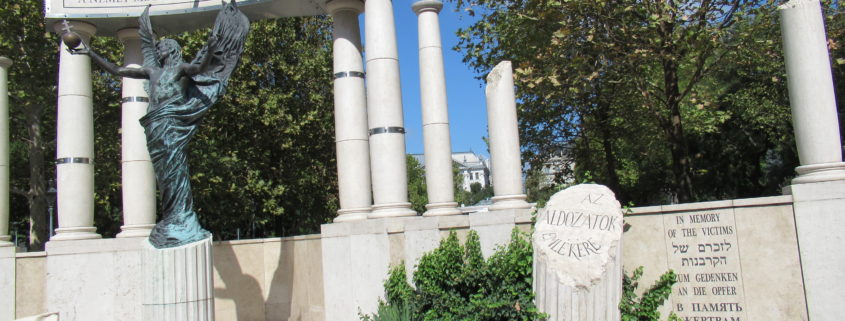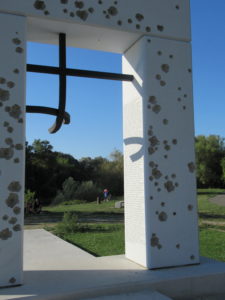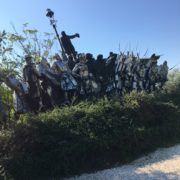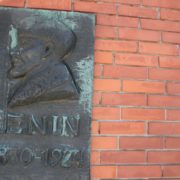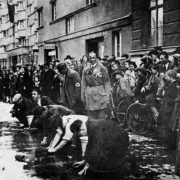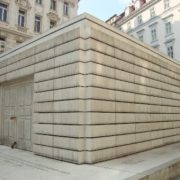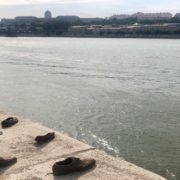The Political Power of Victimhood and Guilt
By Jay Skelton
Everyone has been a victim of something, of someone; and, because of that, everyone feels sorry for a fellow victim. Everyone can respect a fellow victim. Everyone can trust a fellow victim. But what if that person that is respected, that is trusted, is not the victim at all. What if those people are the perpetrators, the people who formed victims, claiming “victimness” to diffuse their own guilt, and gain the respect and trust of others. After all, the victim can’t be guilty, right?
Victimhood and guilt are powerful tools in politics. Those wishing to gain political power often use the power of a victim and guilt to their advantage. Victimhood is used to gain the respect and trust of the people, while guilt can have the opposite effect. If a politician is perceived as guilty of something, they are less likely to gain the respect and trust they require to win an election. Victimhood can be used, and often is, to remove or defend against accusations of guilt on politicians, regimes, or people. Placing guilt is an equally powerful tool to connect to the people, as victimhood is, and they are often used in conjunction with one another. This is especially true in areas of great tumult and dramatic upheaval, such as central Europe.
The most recent one in Europe was the collapse of the Soviet Union that effectively ended the Cold War that had shaped the political climate of Europe for the past half-century. The memorial to the victims of the Communist regime of Slovakia, located at Devin’s castle, is a powerful image reminding people of those who risked everything to gain their freedom. It features a cement barrier with the names of the people who died crossing the border, and marks that resemble bullet holes on the side facing Slovakia. In the center is an Iron gate that is broken and bent out of shape that allows people to pass through. While I believe that this is an excellent memorial, it is not perfect. It positions the communist regime, as something completely separate, something inhuman. It was not. It was founded, run, and kept in power by people, many of whom are still alive, and some even still cling to power. I believe that memorials should remind people that the horrible things done to people throughout history, were done by people, and that this could very easily happen again. To paraphrase our tour guide in Prague, history should be presented not with gold foil, but wrapped in tin foil, with blood still dripping out. To refuse to do so, because of political interests, potentially leads to problems, such as the current political problems facing Hungary.
The current Hungarian regime has used the power of a victim and guilt exceptionally well, and this can be felt in the streets, the monuments, and the people. This is evidenced in the way monuments reflect past traumas, people talk about different times they were conquered, and refer to their collective history as a constant struggle for independence against a conquering force; even when they were on the side of the aggressors or equals in an empire. The controversial monument to the Victims of the German invasion, is the best example of this victimhood. Hungary, is depicted as the victim, even though it had been complicit in the Nazi regime until 1944 and later “invaded” by 100 German soldiers. The same message is felt in Hungary’s museums, particularly the House of Terror, that has one room devoted to the Arrow Cross, and places blame for the communist regime solely on the Soviet Union. Even the national anthem is not free from this narrative, which even has a line regarding victimhood: “This nation has suffered for all sins, of the past and of the future.” This belief of victimhood has led to a pattern of deflecting blame onto other parties in history and not accepting historical responsibility. After all, the victims cannot share any of the blame. This in turn leads to fear, fear of being the victim once again, fear of outsiders, fear of an “other.” That is why civil liberties are infringed upon, migrants and foreigners are not welcomed, and
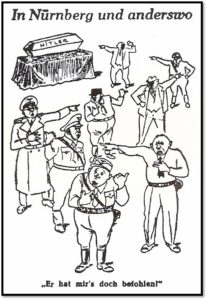
German Guilt Political cartoon: “Image taken from: Dack, William Mikkel. “Whitewashing the Past: German Victimhood and Memory.”
people are allowing a near authoritarian regime to hold the power.
The last image stands at stark contrast to the other two. It is not a monument, but a cartoon, one that illustrates the power of diffusing guilt. It depicts the Germans who were involved in the Holocaust, ranging from a Wehrmacht soldier to an SS man, ultimately leading to Hitler’s coffin. They are all saying, “he ordered me to”. This is what happens when those who could have taken a stand against atrocities, as opposed to participating in them are allowed to place guilt somewhere else. Eventually the blame will be assigned to some higher authority, that has either already been punished, or is dead, allowing guilty parties to walk free, perhaps even finding themselves in the same position they were once in. A position when they were given a choice between right and wrong, and they chose wrong. The victims and perpetrators must be remembered along with the victims. Remembering the average perpetrators reinforces within normal people that anyone, could find themselves in that terrible position.

